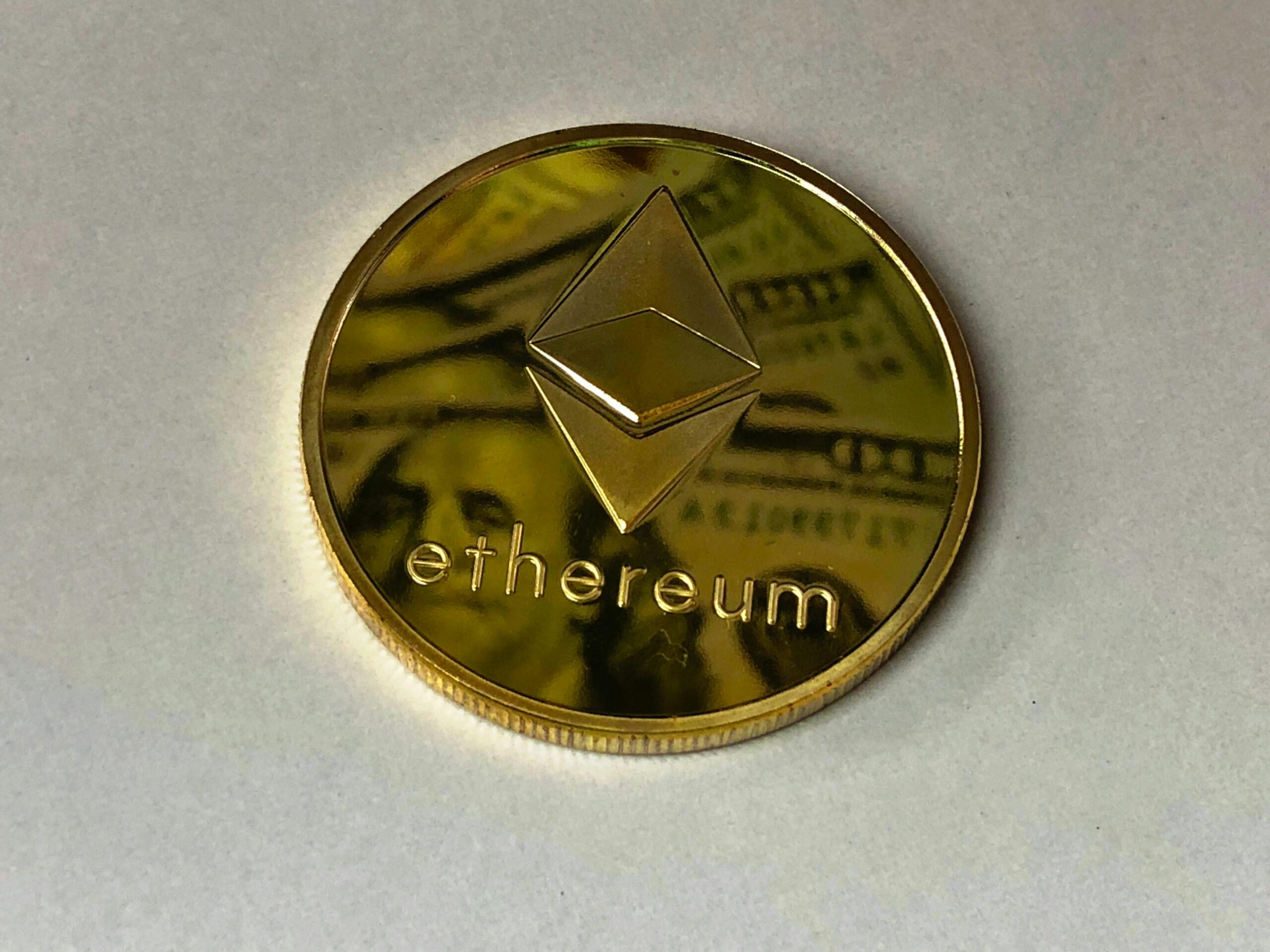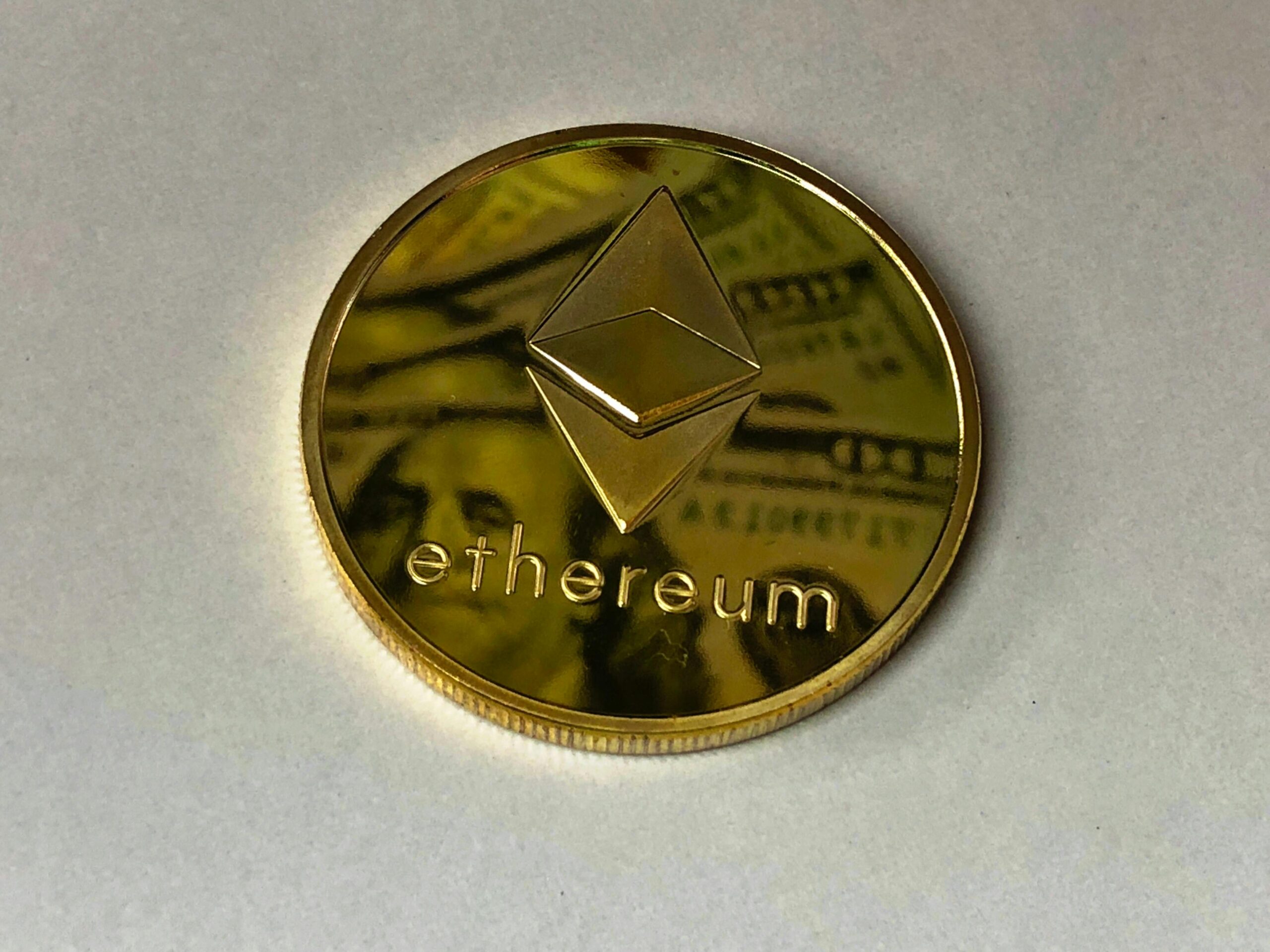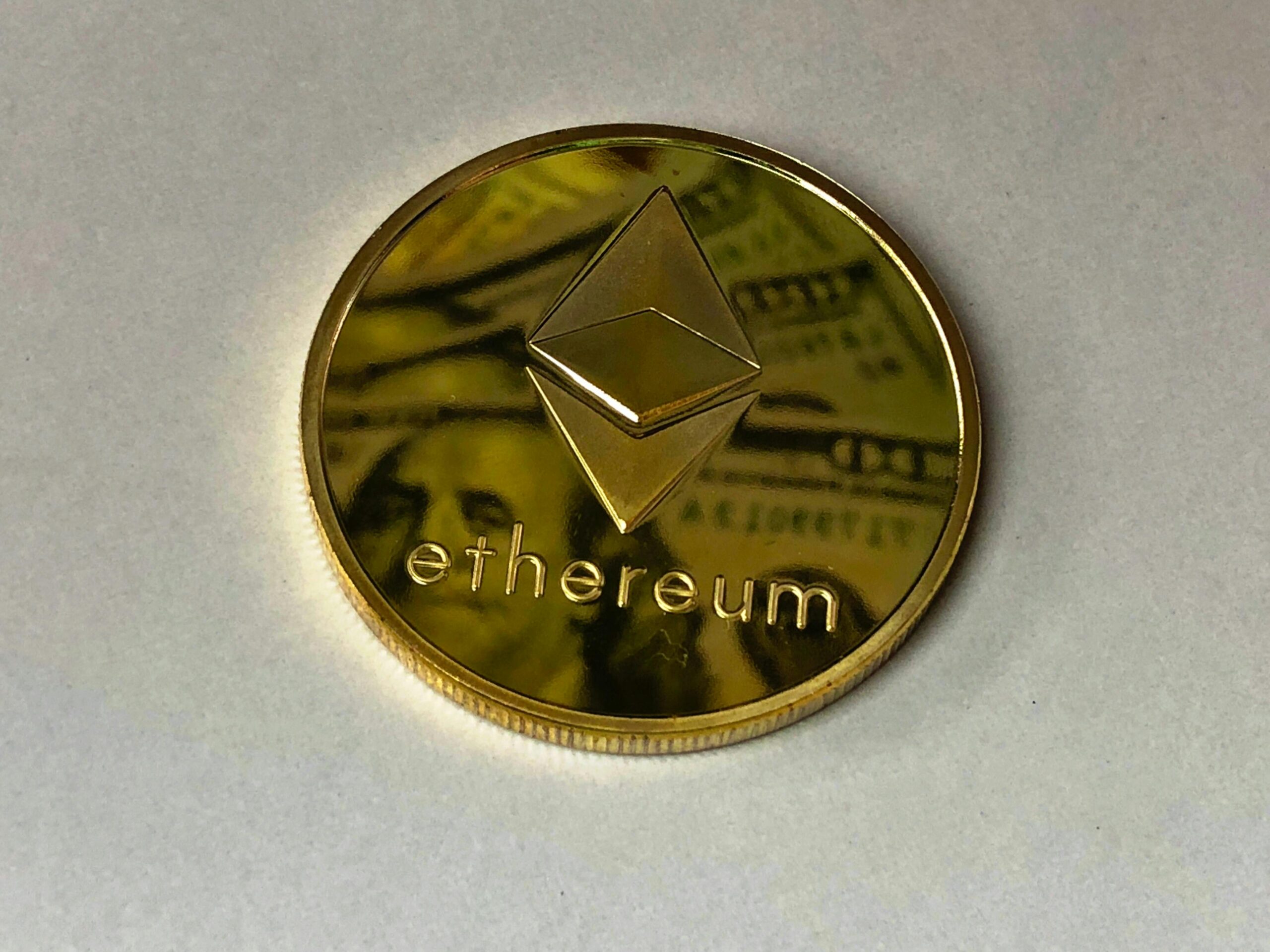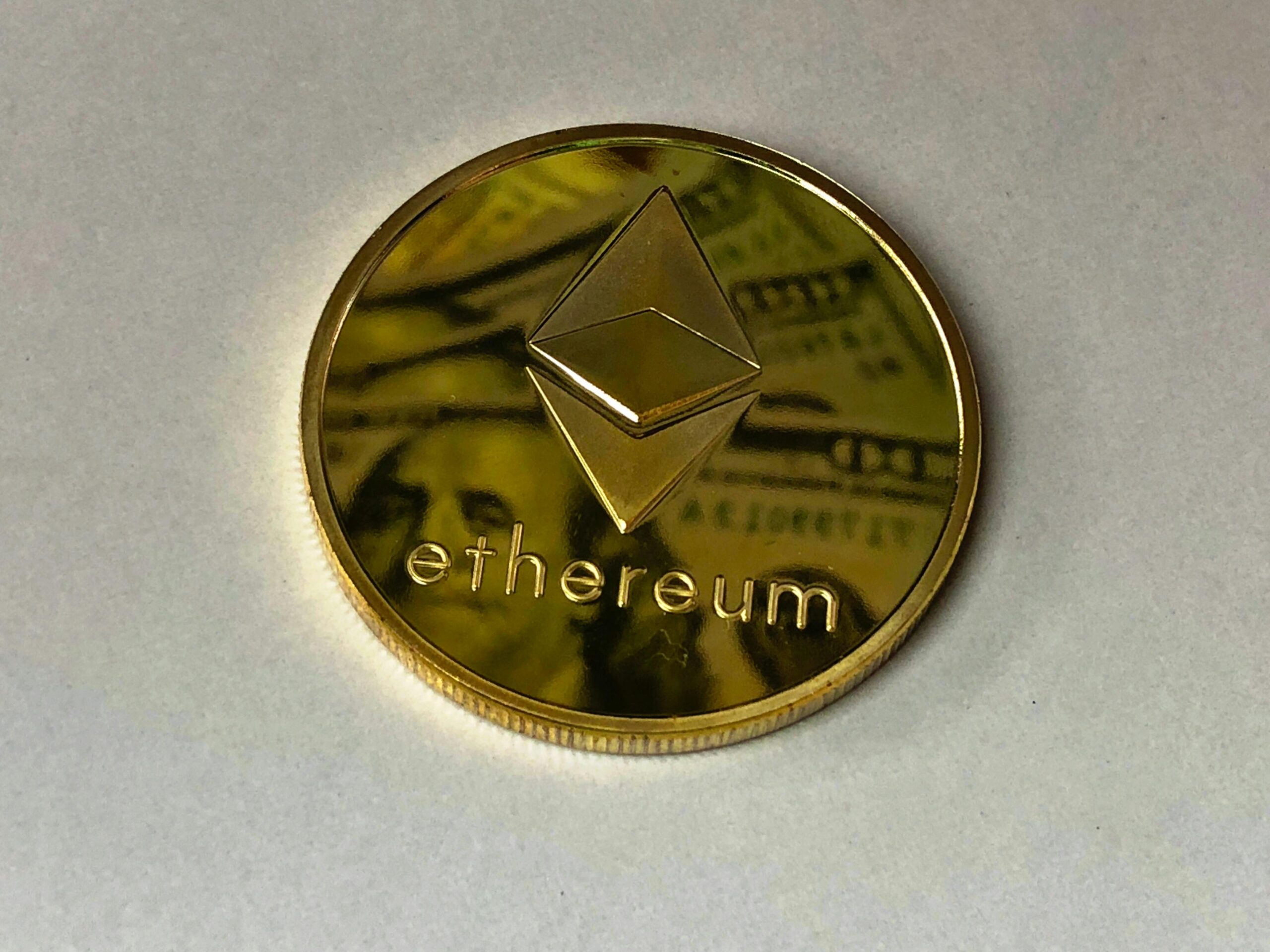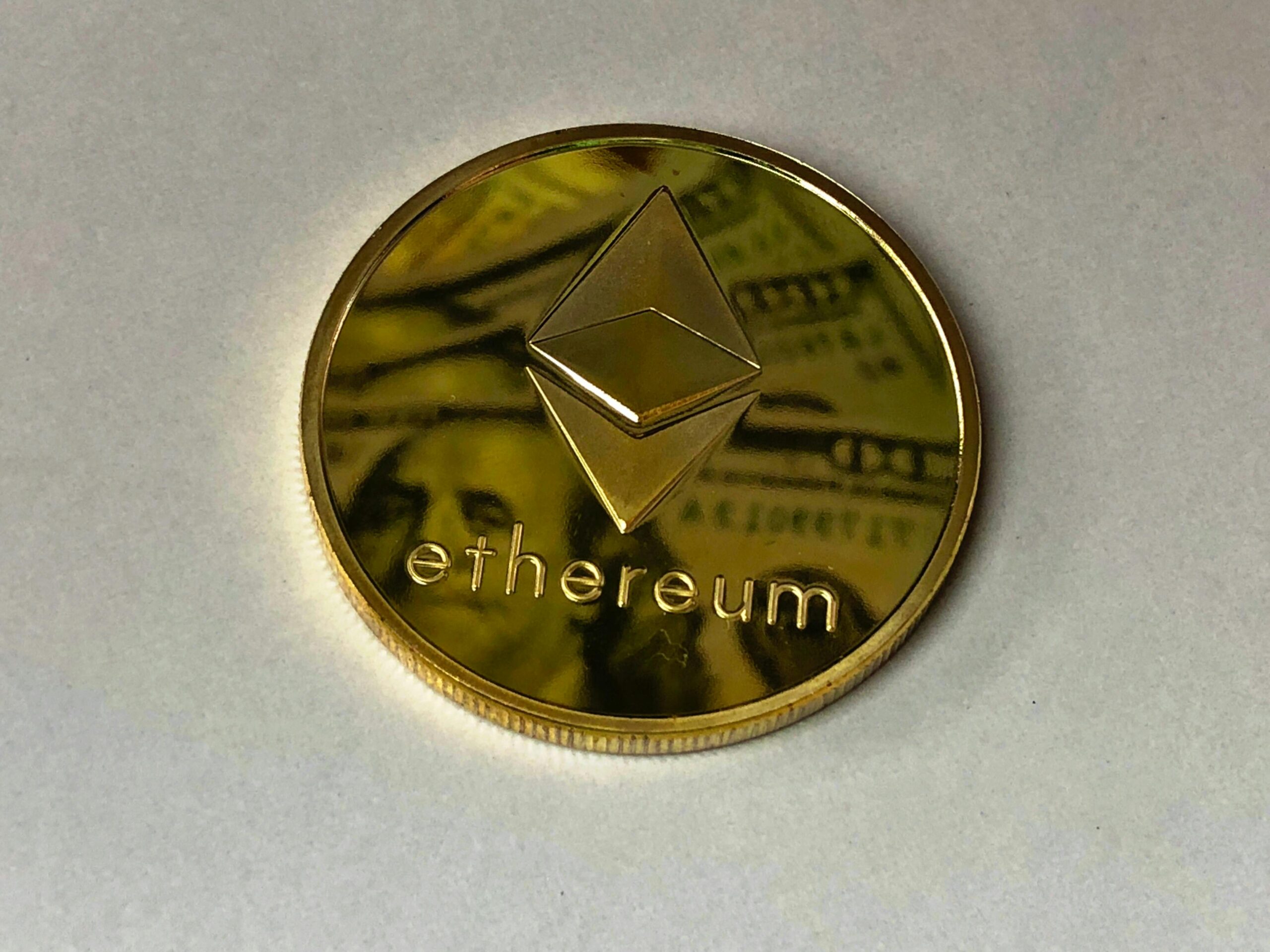
Transaction fees – the not-so-glamorous but utterly essential aspect of cryptocurrencies that every user should understand inside out. As your teacher, I’m excited to dive into this topic and demystify how transaction fees work in cryptocurrencies.
First off, let’s set the stage: when you make a transaction on a blockchain network, like sending some Bitcoin or Ethereum to a friend, it doesn’t just magically happen. There are miners (or validators, depending on the consensus algorithm) working tirelessly behind the scenes to verify and validate your transaction, ensuring its legitimacy and security. And these miners don’t work for free – they need an incentive to keep the network running smoothly.
That’s where transaction fees come in. You see, every time you make a transaction on a blockchain, you’re essentially asking the miners to do some work for you. They need to verify your transaction, bundle it with others into a block, and then add that block to the blockchain. This process requires computational power, energy, and time – all of which cost money.
To compensate these costs, you pay a small fee for each transaction you make. This fee is usually measured in the cryptocurrency’s native coin or token (e.g., Satoshi for Bitcoin or Ether for Ethereum). Think of it like a toll to use the highway: you’re paying for the privilege of using the blockchain network.
Now, here’s where things get interesting: transaction fees aren’t fixed – they vary depending on several factors. The most important one is network congestion. Imagine you’re trying to drive home during rush hour – traffic is backed up, and it takes forever to move just a few miles. It’s similar with blockchain networks: when there are many pending transactions waiting to be processed (like during peak trading hours), the fees go up.
Miners prioritize transactions based on their fee size. They’ll choose to process the ones with higher fees first, as those are more profitable for them. This creates a bit of an auction-like system where users can bid on how quickly they want their transaction confirmed. If you’re in a hurry and need your transaction processed ASAP, you might pay a slightly higher fee to jump the queue.
Another crucial aspect is the block size limit. Different cryptocurrencies have different limits on how many transactions can fit into each block (e.g., Bitcoin’s is 1MB). When there are more pending transactions than available space in the next block, miners will choose which ones to prioritize based on their fees. If you’re trying to send a transaction when the network is congested and the block size limit is near, your fee might be higher.
Now, let’s talk about why this system works well for cryptocurrencies. In traditional payment systems like Visa or PayPal, transaction fees are usually fixed – say 2% + $0.30 per transaction. But with blockchain networks, the decentralized nature means there isn’t a single entity controlling fees; instead, it’s determined by supply and demand.
This leads to some fascinating consequences: for one, it encourages users to be more mindful of their transactions. If you’re making multiple small transactions in a row, you might want to consider batching them together into one transaction with a lower overall fee. It also incentivizes developers to create more efficient wallets and applications that can bundle transactions effectively.
There are some potential drawbacks, though: during times of extreme congestion (like when Bitcoin was around $20k), fees skyrocketed to unsustainable levels. This made using the network for microtransactions or even regular-sized ones unfeasible for many users. Some people worry this might create a self-fulfilling prophecy where only large transactions with high fees are viable, pushing out smaller users.
To mitigate these concerns, researchers and developers have proposed several solutions: one approach is to implement second-layer scaling solutions like the Lightning Network or Optimism, which aim to reduce congestion by processing some transactions off-chain. Another idea is to create more efficient consensus algorithms that can handle a higher volume of transactions without breaking the bank (pun intended).
In conclusion, transaction fees are an integral component of how cryptocurrencies work – they’re what keep the networks running and secure. While they might seem daunting or unpredictable at first glance, understanding the factors influencing them can help you navigate these blockchain waters more effectively.
As someone new to this space, I want to leave you with a final piece of advice: don’t be discouraged by fees; instead, see them as an opportunity to learn about and interact with the underlying mechanics of your favorite cryptocurrency. Who knows – one day we might find ourselves living in a world where these networks are so efficient that transaction fees become almost negligible!
Stay curious, keep learning, and until next time…










